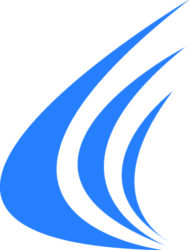Copyright is a form of protection provided to the authors of “original works of authorship,” including literary, dramatic, musical, artistic, and certain other intellectual works. This protection is available to both published and unpublished works. When the work is “fixed in a tangible medium” copyright allows the copyright holder to
- To reproduce the work in copies or phonorecords
- To prepare derivative works based upon the work
- To distribute copies or phonorecords of the work to the public by sale or other transfer of ownership, or by rental, lease, or lending
- To perform the work publicly, in the case of literary, musical, dramatic, and choreographic works, pantomimes, and motion pictures and other audiovisual works
- To display the work publicly, in the case of literary, musical, dramatic, and choreographic works, pantomimes, and pictorial, graphic, or sculptural works, including the individual images of a motion picture or other audiovisual work, and
- In the case of sound recordings, to perform the work publicly by means of a digital audio transmission.
